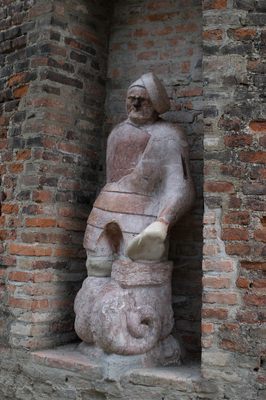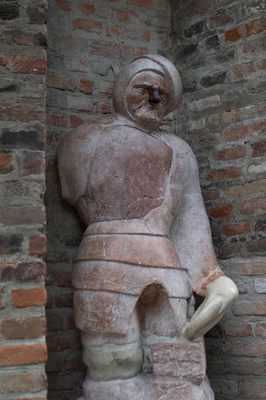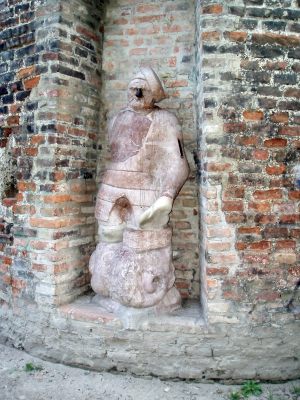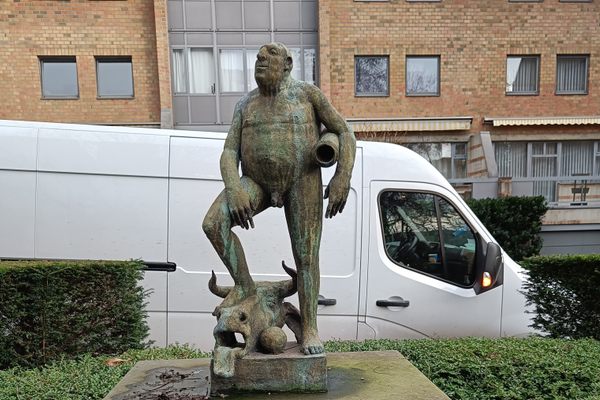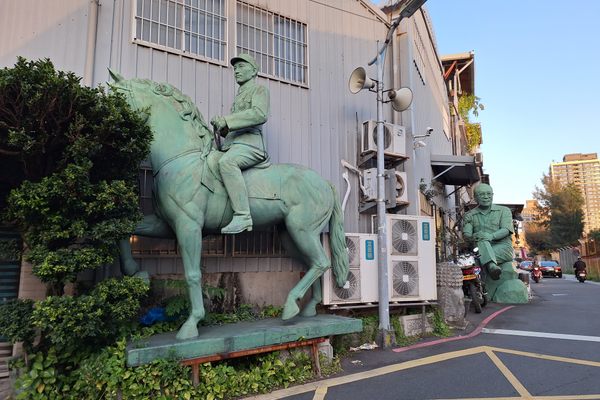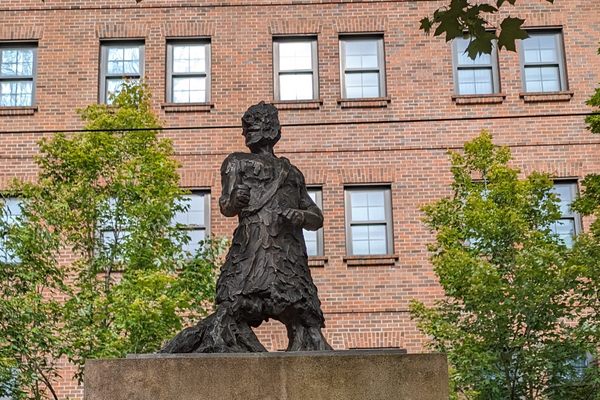About
Hidden in a wall recess in Augsburg, Germany stands in a statue known as Steinerner Mann or Stoinerne Ma (Stone Man). Local legend says the statue represents a baker whose bold scheme helped save the city during the Thirty Years' War—but history doesn't quite match up with that tale.
In the 16th and 17th centuries, both Catholics and Protestants lived in the city of Augsburg. But conflict between the groups intensified with the beginning of the Thirty Years' War. In 1629 the Catholics first tried to gain dominance, then in 1632, Augsburg was conquered by Swedish Protestant troops, who occupied the city. Imperial Catholic opponents then besieged the city and prevented it from being supplied for half a year and people suffered from a terrible famine.
According to a local story, on March 22, 1635, the baker Konrad Hacker scraped together his last flour, bulked it up with some sawdust, and baked a large loaf of bread. He climbed the city wall and showed his loaf to the besiegers as a sign of allegedly abundant supplies. Konrad was shot, and lost his right arm. He ultimately died as a result of complications from the injury, and didn’t get to see that his tactics were successful. The imperial troops lost faith in being able to starve the Augsburgers and withdrew. As a reminder of the courageous rescuer, the grateful residents collected money to build a sculpture showing the one-armed man in baker's clothes with a bread in his left hand.
However, it is now proved that this is only a legend. Records show that there has been a baker with this name but he died under different circumstances and the siege ended with a capitulation of the city.
The real statue itself is formed by different parts which, according to examinations, dated earlier than 1550. You can also see that the proportions are not fully correct, e.g the arm with the "bread". The upper parts may origin from a former cemetery and the lower parts are most likely Roman. It might be that the city’s construction manager put the parts together in the 18th century. In these times his place was the location where all excavated parts of sculptures have been collected. As the statue was damaged several times the nose was replaced with a copy from metal.
The statue was brought to its current location in 1950. Although the legend is widely known, not many know its location at Augsburg’s fortification.
Related Tags
Know Before You Go
The statue is on the outside wall of the town's fortification. You can leave the inner city through one of the gates and walk through the narrow park between the fortification and the city moat called "Schwedenstiege".
Community Contributors
Added By
Published
May 29, 2020
